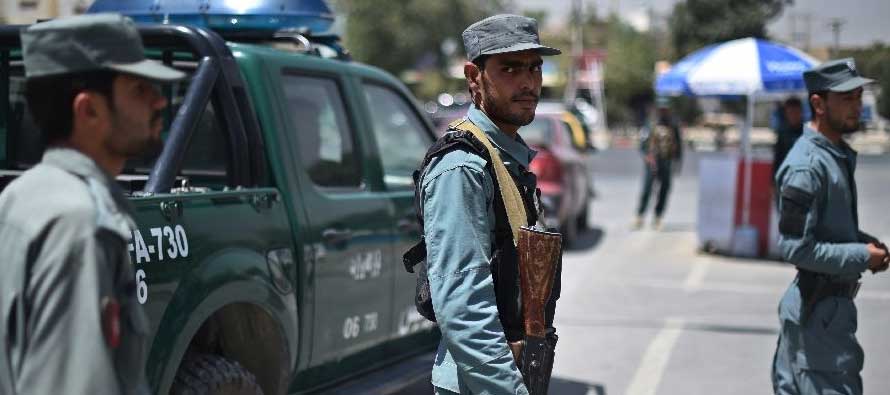The carnage near the defence ministry came as the Taliban ramp up their nationwide summer offensive against the US-backed government.
The two bombers on foot blew themselves up in rapid succession, in an assault apparently aimed at inflicting mass casualties as government employees left the ministry after work.
“The first explosion occurred on a bridge near the defence ministry. When soldiers, policemen and civilians rushed to the scene, there was the second explosion,” defence ministry spokesman Mohammad Radmanish told AFP.
Health ministry spokesman Waheed Majroh said the attack left 24 people dead and 91 others wounded, some of them seriously.
“The casualties could rise still further,” Majroh said.
The Italian-run Emergency Hospital in Kabul tweeted that it had so far received 21 injured people, four of whom died on arrival.
President Ashraf Ghani strongly condemned the attack and offered condolences to the families of the victims.
“The enemies of Afghanistan have lost their ability to fight the Security and Defense Forces of the country,” Ghani said in a statement.
“That is why they are attacking highways, cities, mosques, schools and common people.”
Taliban spokesman Zabihullah Mujahid said on Twitter that the defence ministry was the object of the first attack, while police were targeted in the second.
The
attack took place more than a week after 16 people were killed when militants stormed the American University of Afghanistan in Kabul, in a nearly 10-hour raid that prompted anguished pleas for help from trapped students.Explosions and gunfire rocked the campus in that attack, which came just weeks after two university professors — an American and an Australian — were kidnapped at gunpoint near the school.
Their whereabouts are still unknown and no group so far has publicly claimed responsibility for the abductions, the latest in a series of kidnappings in the conflict-torn country.
The uptick in violence in the capital comes as the Taliban escalate nationwide attacks, underscoring the worsening security situation since NATO forces ended their combat mission at the end of 2014.
Afghan forces backed by US troops are seeking to head off a potential Taliban takeover of Lashkar Gah, the capital of the southern opium-rich province of Helmand.
The Taliban have also closed in on Kunduz — the northern city they briefly seized last year in their biggest military victory since the 2001 US invasion — leaving Afghan forces stretched on multiple fronts.
But NATO coalition forces have insisted that neither Kunduz nor Lashkar Gah are at risk of falling to the insurgents.



Leave a Comment